There is something incredibly beautiful about medieval castles. These monuments from the past are magnificent when they are in one piece, but without doubt they also radiate with certain mystical beauty that can not be described only in words when they are in a ruinous state.
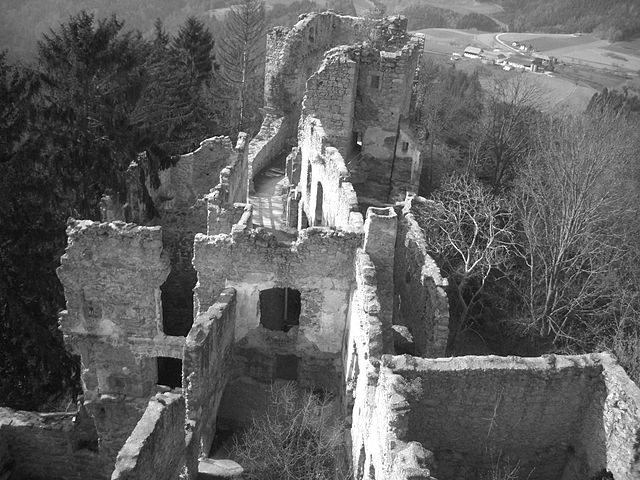
A fantastic feeling radiates from the crumbling walls overgrown with lush vegetation, and the divine silence that is slightly interrupted by the sound of the wind flowing through the ruins or from the raucous voice of some lonely crow, that has the power to bring to our imagination the lost parts of a majestic ruin.
Scroll down for footage
And it seems that those missing parts, either from the physical structure or the stories that intertwine with its history, is what inspires people most.
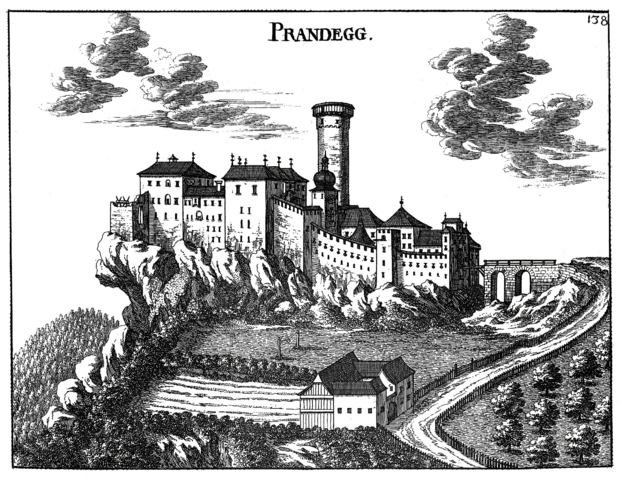
The ruins of the historic Prandegg Castle (or Burg Prandegg) are situated on the top of a hill adjoined to rocky cliffs in the municipality of Schönau im Mühlkreis, in the Mühlviertel region in Upper Austria, Republic of Austria.
The story of this castle begins in the 13th century. The first written mention dates from 1287, but in the 12th century the area was already cleared and prepared for construction. An older castle constructed in the late-12th century existed on the north side of the hill, but today there are no visible signs of it.
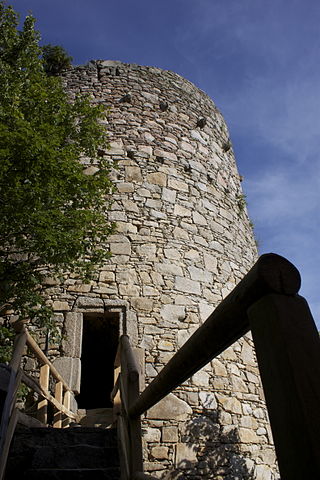
At first Prandegg Castle was a residence of the noble Pranter family. Throughout the centuries it changed hands several times and became a residence of many other noble, powerful and important families from the region. Ownership of the complex was held by the Jörger family from 1534 until 1631. The next owners, the Scherffenberg family and later the Salzburg family, left the castle uninhabited. Soon it started to decay and by 1786 it was already a ruin.
In 1823, owners of the property became the Dukes of Saxe-Coburg and Gotha, and their successors still own it today.
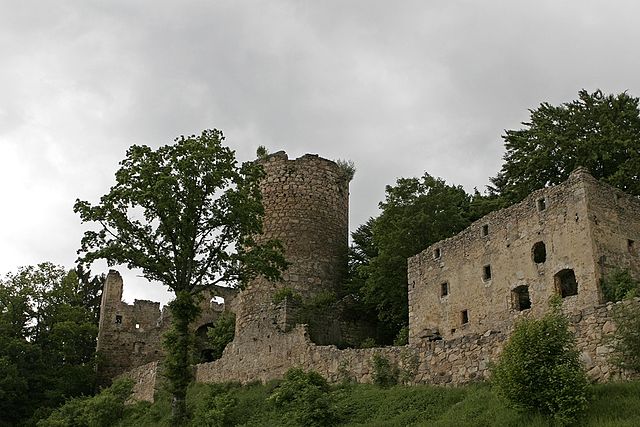
In order to save the castle for future generations and to preserve it from further collapsing, a huge reconstruction project was started in 1996. Parts of it were renovated and cleaned. The renovation is still in progress and many volunteers help to maintain this large site in good condition.
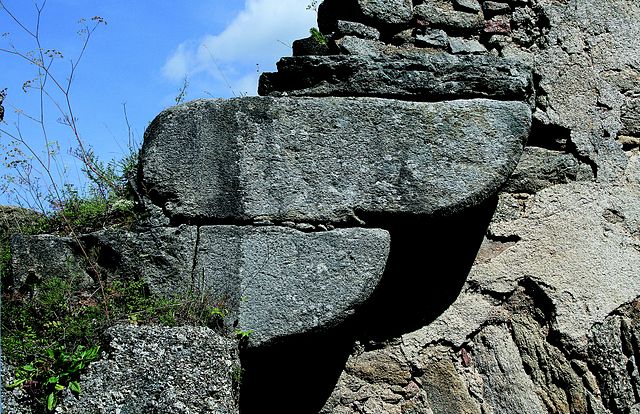
The castle has enormous dimensions and а lot of incredible views. With an area of approximately 0.60 acres (the main castle has an area of 0.37 acres) and 492 feet in length, it was one of the largest castles in Austria and the second largest in Upper Austria.
Because of the configuration of the terrain, it is narrow and long. Certainly its most remarkable part is the 75-feet-high oval lookout tower. The tower has an elevated entrance, typical for medieval castles. After the tower’s passageway there is an elongated courtyard with the remains of an undercroft. In front of the Great Hall there are four small rooms. The sales documents from 1631 describes them as “sunny rooms.” Behind the Great Hall can be seen the ruins of the castle chapel — a part of the niche and the ribbed vault. Next to the chapel there is a small interior yard that can be entered through a round arch.
The gate and the small gatehouse are located near the Great Hall. Opposite from them, the traces of several farmhouses can be spotted. South of the tower is the outer ward. It was separated from the inner ward with 30-foot-wide artificial moat with a drawbridge connecting these two parts of the castle.
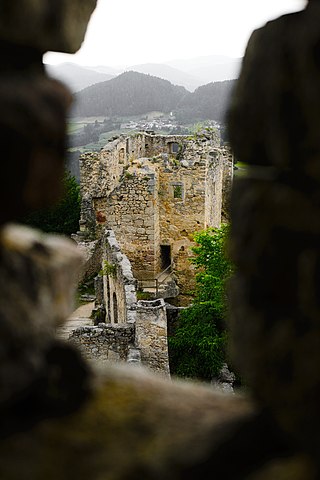
The castle has a significant historical importance and it is open for public visits.
Even though great parts of it are mostly in ruins, it is a popular tourist location that attracts many visitors. But not only from those who are interested to see a glimpse of the history or the architecture. The site is also visited also by occasional visitors who come to enjoy the picturesque views across the surrounding area that are provided by the hilltop position, or simply to walk where the castle’s past owners once walked.
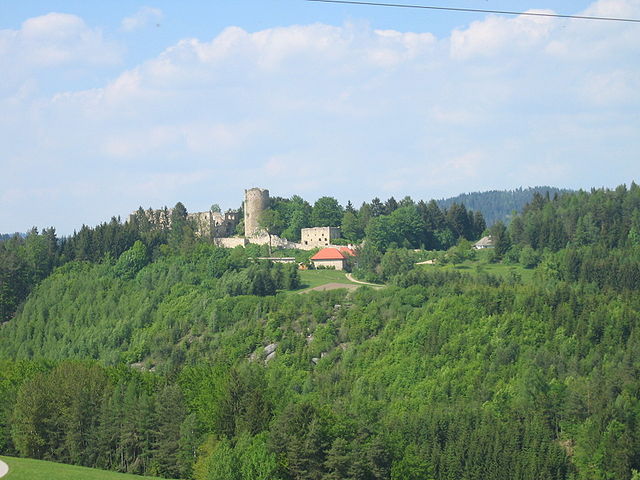
The journey through the ruins is wild, romantic and fantastic. On the walls of the ruined cellars and rooms can be seen some old and forgotten construction techniques.
The small details that survived the passage of the time silently talk about the former glory of the castle. However parts of the site are covered in shadows and it should be explored with caution. The tower is accessible with a wooden bridge and its top provides excellent views.
Parts of the former courtyard placed at the foot of the cliff were modified and a tavern now exists there.
